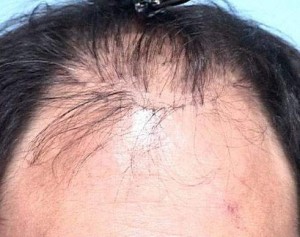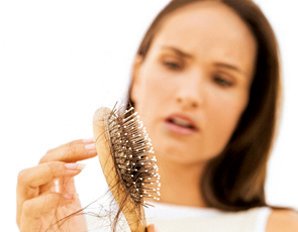Repairing Previous Plug Hair Transplant Surgery
Thursday, June 9th, 2011At time I receive inquiries from patients who have previously received transplant surgery at other facilities where they received a pluggy hair transplant, and are dissatisfied with their results. I recently had a patient in my San Francisco hair restoration office with a lot of pluggs from his old transplantation from years ago. He was wondering what repair transplant procedure I can do to help correct his previous surgical mishaps. I inform this patient of the repair hair transplant surgery we perform regularly.
 It is important to have a consultation with a hair transplant surgeon to see what the best method is to repair the pluggy looking area. It is important for us to make a few observations. If there is a hairline which is high enough and the donor hair numbers are sufficient, no plugs need to be removed. The hair line can be lowered and a transitional zone in front of the plugy hairline will be created with a heavier density to cover the plug visibility.
It is important to have a consultation with a hair transplant surgeon to see what the best method is to repair the pluggy looking area. It is important for us to make a few observations. If there is a hairline which is high enough and the donor hair numbers are sufficient, no plugs need to be removed. The hair line can be lowered and a transitional zone in front of the plugy hairline will be created with a heavier density to cover the plug visibility.
If the hair line cannot be lowered because there is a lack of room from the original surgery, then plug removal is done by thinning them out (for denser plugs), or those micro and mini grafts could be removed. Follicular units need to be placed between the plugs giving a more even balance to the transplanted area. Adequate density is added to the transplanted area, thus minimizing the pluggy look.
I always emphasize the importance of being evaluated by a quality hair transplant surgeon, who can determine the proper route to take after a close examination. Repair in itself, appears to be simple, but there are challenging cases which might require multiple transplants for the best overall results.

